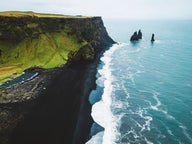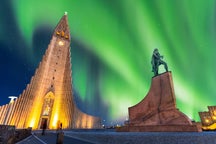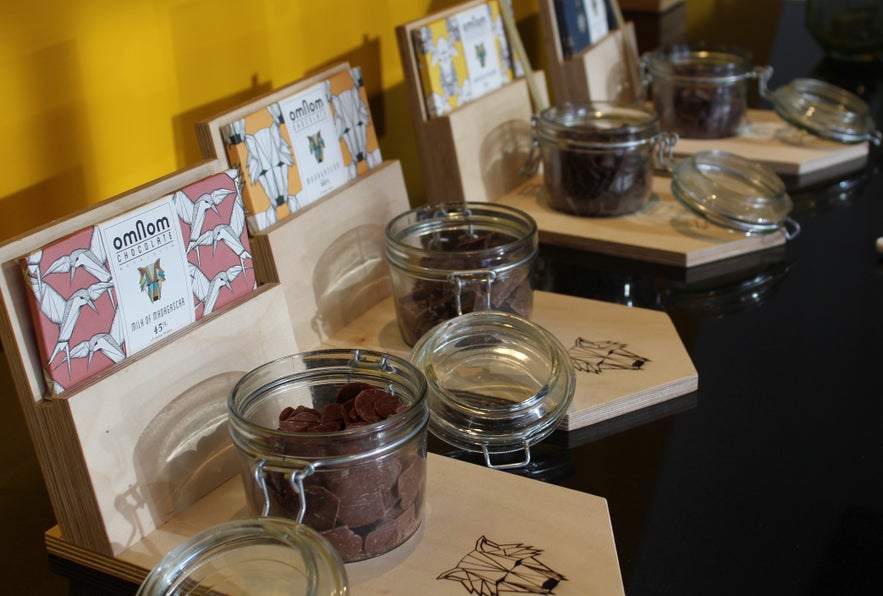
While most people who visit Iceland do so for the country's stunning landscape, the delicious local candy tends to leave a lasting impression as well. Chocolate bars, licorice rolls, salty pastilles, and sugarcoated caramels - plenty of variety can be found in Iceland's sugar landscape.
If you plan on exploring Iceland on one of the many fantastic self-drive tours available or by renting a car and exploring the Ring Road, knowing which Icelandic chocolate to go for when making a pitstop at a gas station for some roadside snacks can be very valuable. We won't judge you for stockpiling candy to hoard in your accommodation in Iceland!
Why You Can Trust Our Content
Guide to Iceland is the most trusted travel platform in Iceland, helping millions of visitors each year. All our content is written and reviewed by local experts who are deeply familiar with Iceland. You can count on us for accurate, up-to-date, and trustworthy travel advice.
There are many candy manufacturers in Iceland. Some are over a century old and produce certified classics, while others are new kids on the block, bringing new and innovative flavors to Icelandic tastebuds. Taking the 2-hour Icelandic sweet tooth walking tour through downtown Reykjavik will help you discover the country's most beloved treats with help from a local expert.
As an extra bonus, booking any experience with Guide to Iceland gives you access to the VIP Club, where you can get exclusive discounts and offers at restaurants, stores, cafés, and bars all around the country.
In this article, we'll be exploring the landscape of Icelandic sweets, how it came to be, and what traditions are associated with it. We're hoping to get you acquainted with every single Icelandic chocolate bar and caramel, so let's start unwrapping the delicious world of Icelandic candy.
- See more: The Ultimate Guide to Iceland Food Culture and find the Best Bakeries in Reykjavik
- See also: The VIP Club: Save Big on Exclusive Offers & Discounts
A Brief History of Icelandic Candy
Before the 20th century, the candy enjoyed by Icelandic people was imported mainly by traders. Danish merchants had exclusive rights to trade with Iceland, particularly during the monopoly period from the 17th to the 19th centuries, and often brought various sweets with them to Icelandic shores.
In the early 20th century, Iceland became an urban and industrialized nation. The first Icelandic candy maker, Freyja, began production of chocolate in 1918. Two years later, Freyja got some competition as a company called Noi began manufacturing hard candy and caramels.
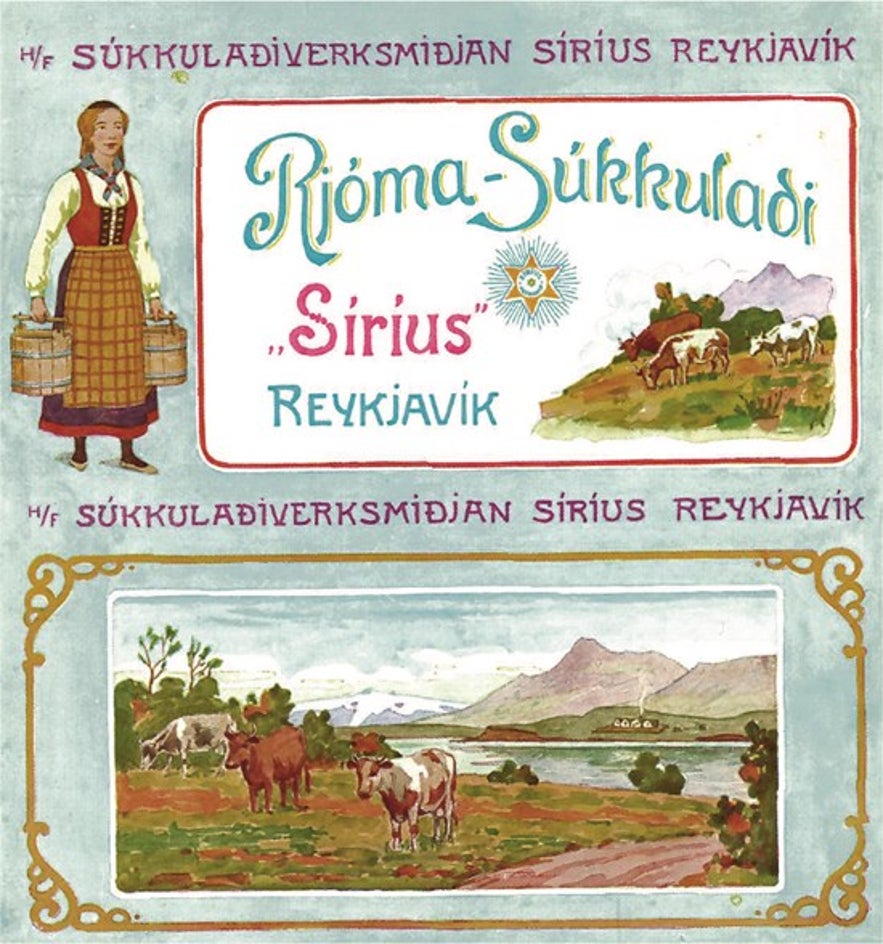
Image from Noi Sirius.
The two companies evolved from small workshops into large-scale factories manufacturing various sweets. Other candy manufacturers were established later in the century, one of which was Goa which introduced products that quickly became staples in the Icelandic candy scene.
Freyja, Noi (now Noi-Sirius,) and Goa are still active today and are the largest candy makers in Iceland. In recent years, new and exciting companies such as Omnom have cropped up, introducing new and tasty treats along the way.
- See also: A Complete History of Iceland
- See also: The 10 Weirdest Things About Icelandic People and Culture
Salmiak - Nordic Licorice
 Licorice is a massive part of Iceland's candy lineup, but the licorice in Iceland and other Nordic countries might be quite different from the licorice you're used to. This licorice, called salmiak or salmiakki, originates from Scandinavia or Finland and has a bold and intense salty flavor. This makes it quite different from other licorice, which has a sweeter flavor.
Licorice is a massive part of Iceland's candy lineup, but the licorice in Iceland and other Nordic countries might be quite different from the licorice you're used to. This licorice, called salmiak or salmiakki, originates from Scandinavia or Finland and has a bold and intense salty flavor. This makes it quite different from other licorice, which has a sweeter flavor.
The distinguishing ingredient in salmiak is ammonium chloride, which gives the licorice its signature flavor. It is speculated that salmiak originates in pharmacy stores that made their own cough medicine and became popular in the 1930s as a pastille candy.
Salmiak is particularly popular in Nordic countries and other European countries like Germany and the Netherlands, where people have acquired a taste for this distinctive candy. Regular licorice is more accessible, so salmiak might not taste too great initially to the unacquainted. Once you develop that taste, though, there is no turning back!
- See also: Disgusting Food in Iceland
Icelandic Candy
Let's get down to the real business and go over some specific Icelandic candy. Whether the following entries are veterans of the Icelandic candy scene or recently introduced favorites, these are some of the most iconic sweets you can have when traveling in Iceland.
Freyja Caramel

We'll start the list with one of the originals, the cream caramel from Freyja. As one of the first products to be manufactured after Freyja opened in 1918, the Freyja Caramel is among Iceland's oldest sweets and is a rich source of nostalgia for multiple generations.
The caramel has a creamy and chewy texture that can often be a bit of a chore to get through. In fact, the Icelandic nickname for this little rascal is "haltu-kjafti karamella" or "shut up caramel," which alludes to the fact that you can't really talk while chewing on one.
Omnom
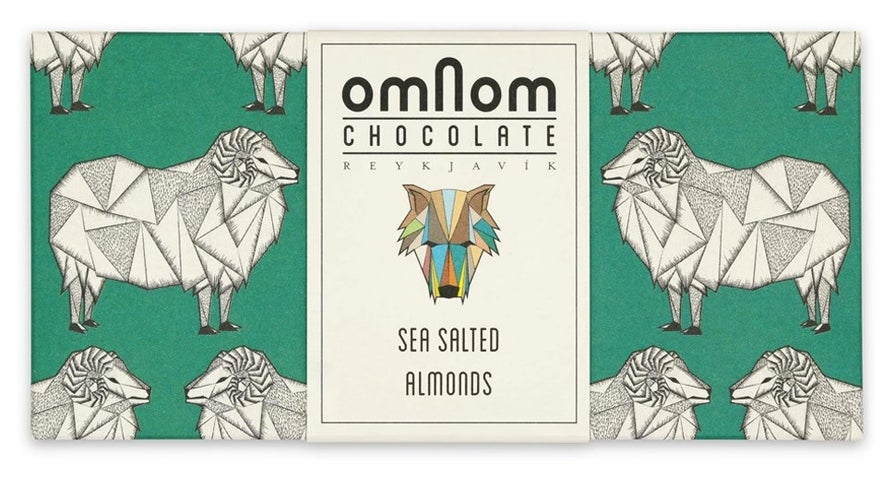
The Omnom factory is a relative newcomer, founded in 2013, that has taken the Icelandic chocolate scene by storm. These artisanal chocolates are made with premium ingredients and come in various unique and innovative flavors that have garnered international acclaim.
Omnom comes in traditional flavors like coffee & milk and caramel, but also in lesser seen ones such as black and burnt barley, and licorice & sea salt. At a higher price than most of the other candy on this list, Omnom is more of a delicacy you'll probably treat yourself to on special occasions.
Opal
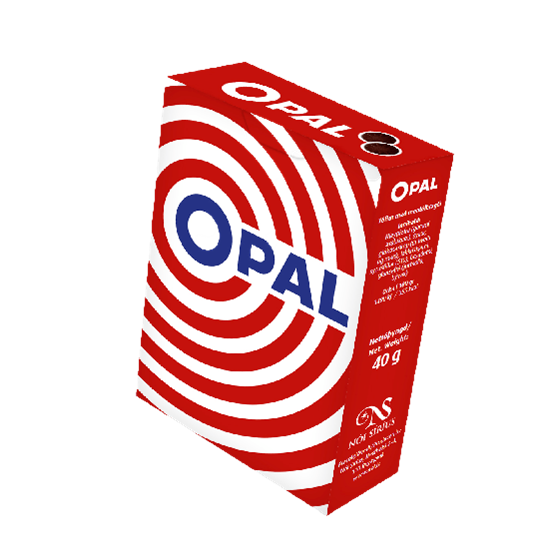
There are multiple flavors of Opal. The red one is the standard, even though it's rarely anyone's favorite, and the green one is salty, which scratches the Nordic itch for salmiak. Legends also tell of the mythical blue Opal, which was a favorite of many, discontinued years ago as it contained chloroform. Yikes! Despite this questionable ingredient, it was a favorite amongst many Icelanders who still pray for the second coming of their blue savior.
Toffi Lolly
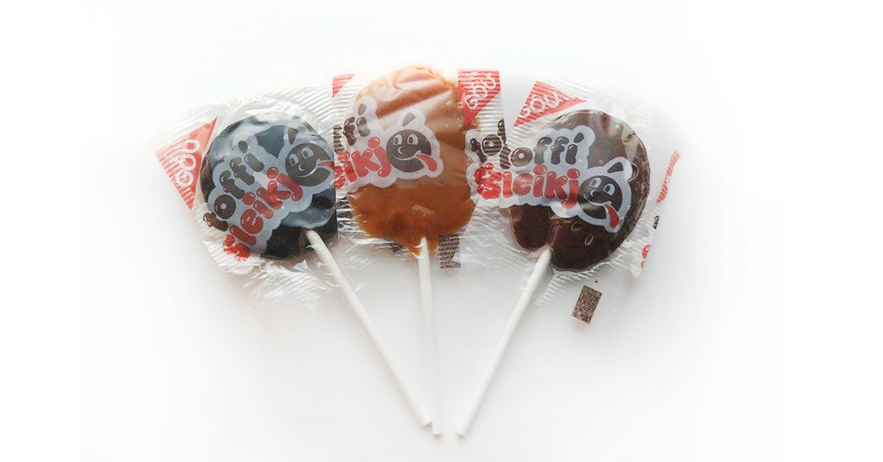
Going through a Toffi lolly can take quite some time, as they can be hard at first. This makes the lollies a popular choice for any event where you need to give a bunch of children some candy, as they'll be occupied for a good while before inevitably demanding more.
Appolo Licorice
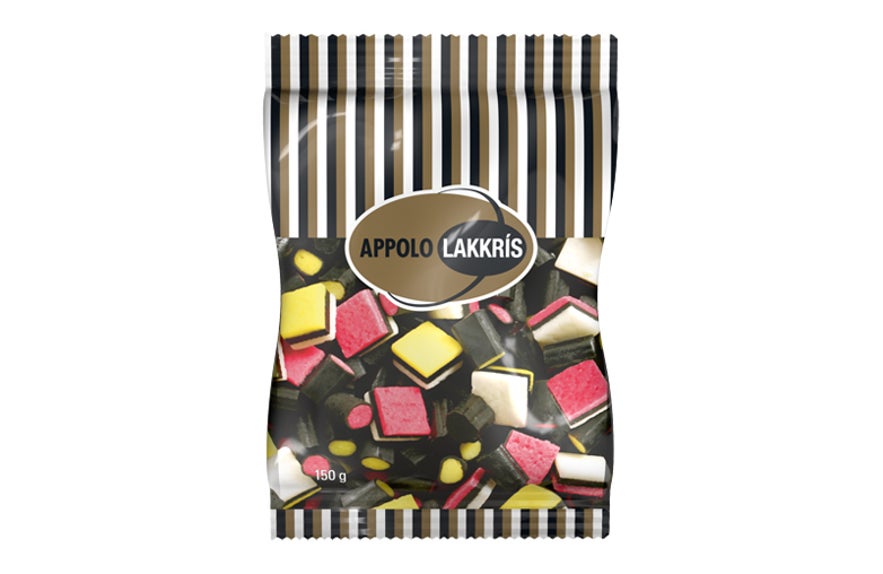
Appolo is the most popular type of common licorice candy found in Iceland. The licorice is so popular that many Icelandic people consider it the "standard licorice," a baseline that all other licorice must be compared with.
Appolo licorice takes many shapes, such as sticks, rolls, and strings. If you can think of a three-dimensional geometrical shape, it is a safe assumption that Appolo has a licorice product to match. The licorice has also wriggled its way into other types of candy, such as chocolate products we'll discuss further down on the list.
Noa Kropp

While seemingly innocent looking, a bowl of Noa Kropp at a party can evaporate within minutes as some people inhale these rather than consume them.
Kokosbolla
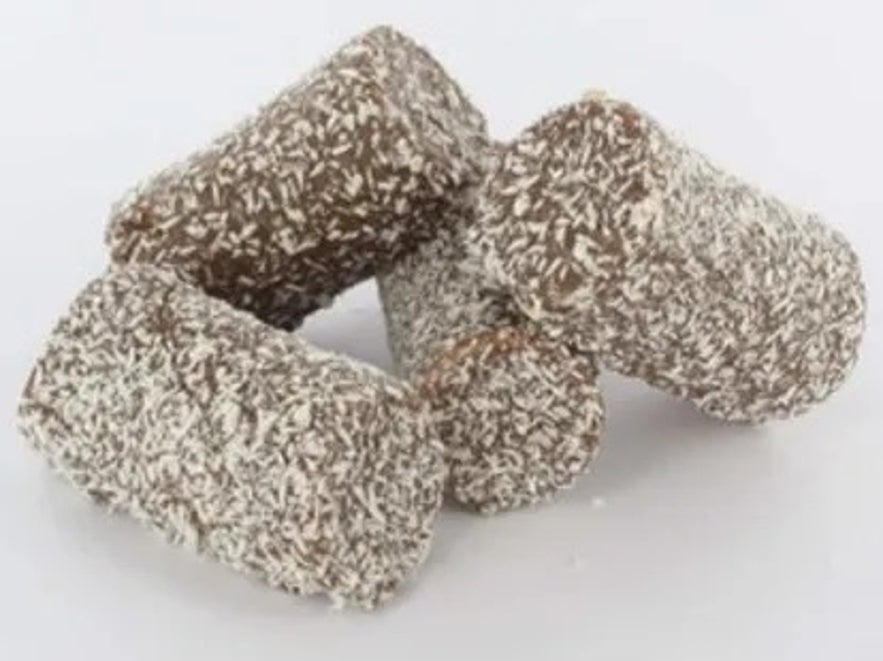 Kokosbolla is another classic treat found under various names in other Nordic countries. It has a gooey core, somewhat similar to a marshmallow, which is covered in chocolate coated with coconut flakes.
Kokosbolla is another classic treat found under various names in other Nordic countries. It has a gooey core, somewhat similar to a marshmallow, which is covered in chocolate coated with coconut flakes.
A popular party game at children's birthday parties is to have people compete over who can eat one of these the fastest without using their hands. This is as fun as it sounds, as the spectators cheer on the contestants, slamming their faces into the kokosbolla like wild animals.
Djupur & Spicy Djupur
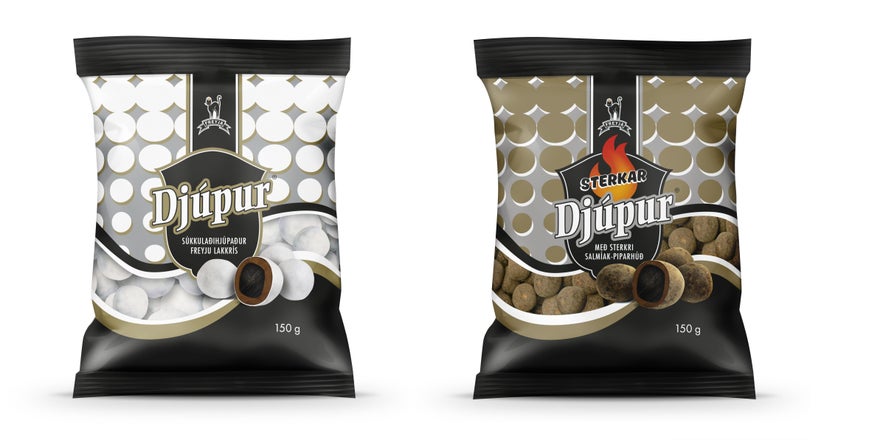 Djupur and their new edgy relative, are an acceptable way to demonstrate the Icelandic people's love of salmiak. Djupur are a simple ball candy, a chocolate layer filled with licorice. Their exterior is aesthetically pleasing, looking like something carved out of Greek marble.
Djupur and their new edgy relative, are an acceptable way to demonstrate the Icelandic people's love of salmiak. Djupur are a simple ball candy, a chocolate layer filled with licorice. Their exterior is aesthetically pleasing, looking like something carved out of Greek marble.
But the licorice filling was not enough to satisfy the salt-loving Icelandic people. Freyja decided to answer this demand by coating Djupur in salmiak, thus creating Spicy Djupur. If you're new to salmiak and want to give it a go, try having both variants of Djupur to see which one you prefer.
Icelandic Chocolate Bars
Chocolate bars are a popular treat in Iceland. While some of the more international brands are always in demand, Iceland also has several local chocolate bars that you should try for yourself when you get the chance.
Draumur
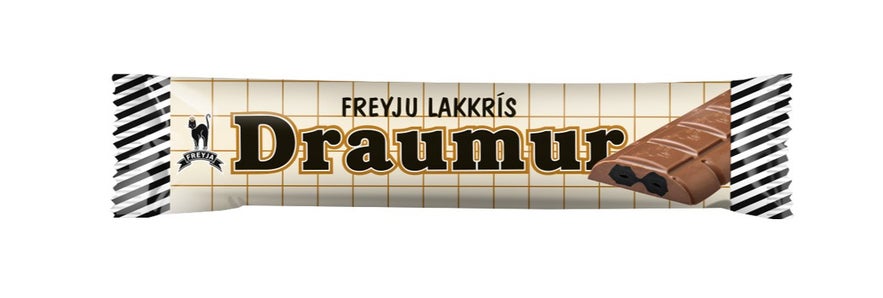
Draumur is a popular chocolate bar with a soft licorice interior wrapped in a layer of milk chocolate. The name Draumur translates to "dream," which is accurate considering the Icelandic people's love for its ingredients.
Another possible reason for Draumur's popularity is an old television commercial that wriggled its way deep inside the minds of older generations with a cheesy yet incredibly catchy tagline.
Thristur
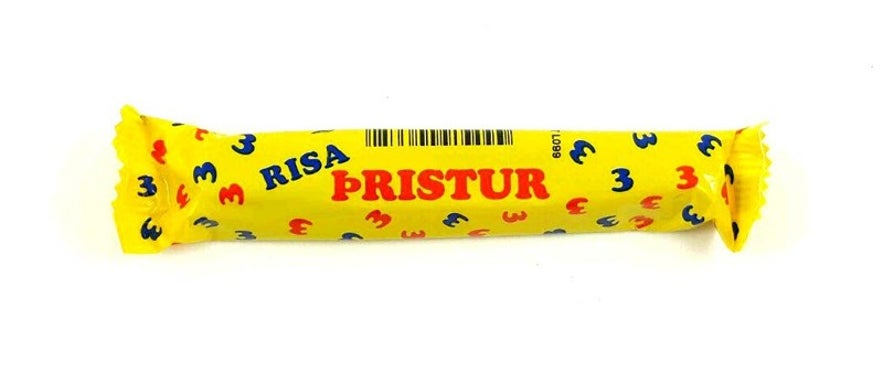 Thristur is an absolute Icelandic classic. This chocolate bar has a licorice filling, but what really sets Thristur apart from the competition is just how soft and chewy it is - you will face little resistance getting to the licorice treat at its core.
Thristur is an absolute Icelandic classic. This chocolate bar has a licorice filling, but what really sets Thristur apart from the competition is just how soft and chewy it is - you will face little resistance getting to the licorice treat at its core.
The Thristur depicted here is actually the 'giant' variant, with the standard Thristur being roughly half the size. They are often used as secret weapons in cakes, ice cream, or some other Frankensteinian monster of the world of sugary products.
Hraun
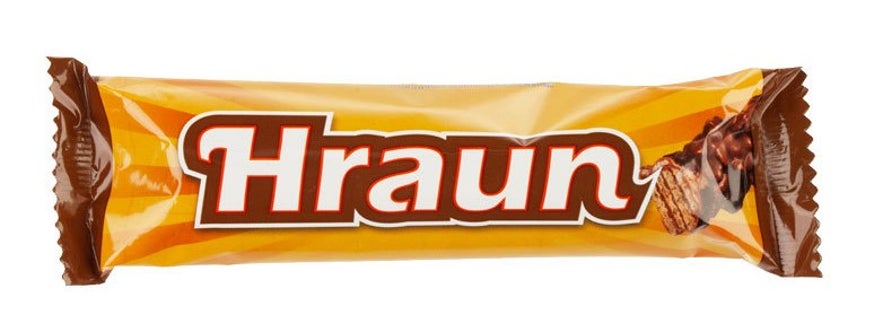
Hraun is a brand of chocolate with a coarse coating, which makes sense as its name translates directly to lava. If, for some reason, you've ever found lava rock to be particularly appetizing and wished you could eat it, this is your safest option.
The chocolate itself is pretty standard, with a wafer hiding at the core beneath the rugged exterior. Hraun, much like actual lava, takes on several different forms and can be found as a bar or in smaller bites sold by the box.
Appolo Licorice Chocolate Bar
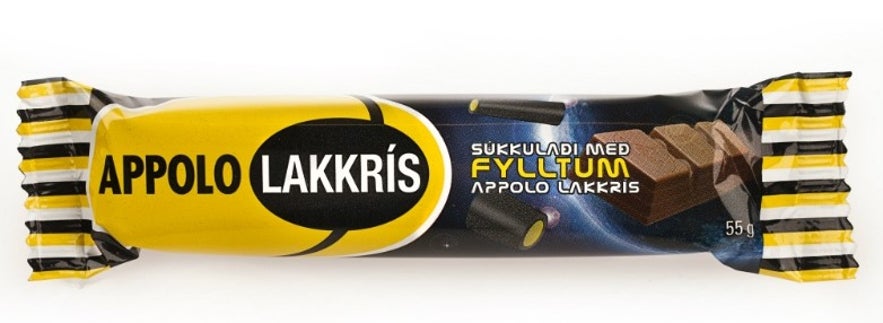
Will there ever be enough chocolate-filled licorice to meet demand? Probably not. Enter the Appolo Licorice Chocolate Bar. Just as it says on the tin, this chocolate bar is filled with strings of Appolo Licorice filled with marzipan. Talk about a turducken.
Several variants of this bar float around, each with different fillings within the licorice. You could try the peppermint, or if you've gotten a taste for salmiak, there's one of those floating about as well.
Honorary Mention: Prince Polo
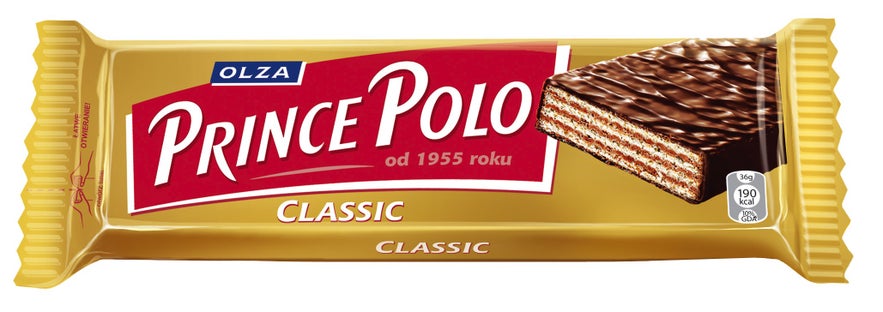
You can't have a list of chocolate bars in Iceland without mentioning Prince Polo, one of the most popular chocolate bars you can get in Iceland. Prince Polo has been floating around for decades and is the closest thing Iceland has to a royal family.
So why is it listed as an honorable mention? Well, Prince Polo isn't Icelandic - it's Polish! To paint a picture of how important Prince Polo is to the Icelandic people, in 1982, when stocks of Prince Polo ran out in Iceland, the news made it to the front page of Iceland's biggest newspaper.
Icelandic Candy Traditions
With all these sweets, it's no surprise that there are many cultural traditions in Iceland relating to candy. Here are a few:
Candy Day
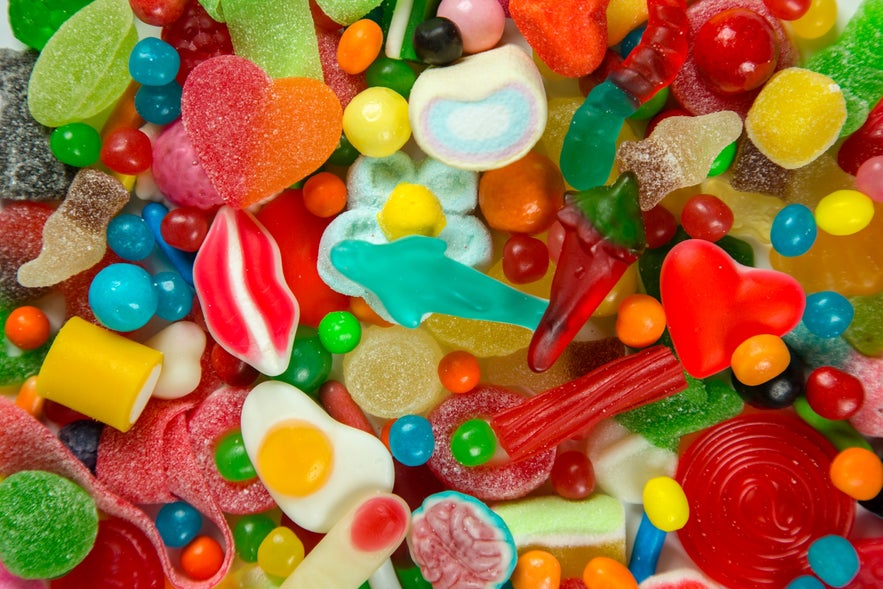 One of the most deeply rooted candy traditions in Iceland is the concept of Saturdays being the designated candy day, or "nammidagur," as it's called in Icelandic. This tradition dates back a few decades when parents would try to limit the sugar consumption of their children to just one day.
One of the most deeply rooted candy traditions in Iceland is the concept of Saturdays being the designated candy day, or "nammidagur," as it's called in Icelandic. This tradition dates back a few decades when parents would try to limit the sugar consumption of their children to just one day.
Nammidagur is still very much a thing in Icelandic culture, with many supermarkets and corner shops (or "sjoppa" in Icelandic) offering a 50% discount on candy on Saturdays. The candy discounted candy is usually mixed, where the customer either picks their favorite sweets or leaves the choice up to the vendor and puts the assortment into a bag. This method is called "bland i poka," which translates to "mix in a bag."
Oskudagur
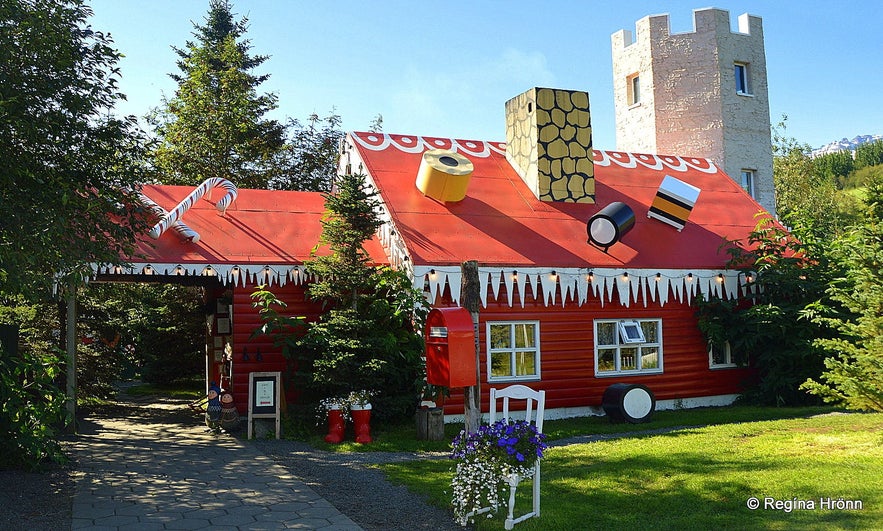 Oskudagur, or Ash Wednesday, is essentially Iceland's equivalent of Halloween. Children dress up in costumes and take to the street, either accompanied by an adult or as a larger group. The main difference is that instead of trick or treating, the children visit shops or other businesses and sing in exchange for candy.
Oskudagur, or Ash Wednesday, is essentially Iceland's equivalent of Halloween. Children dress up in costumes and take to the street, either accompanied by an adult or as a larger group. The main difference is that instead of trick or treating, the children visit shops or other businesses and sing in exchange for candy.
Oskudagur is part of a three-day festive period that also includes Bolludagur (Bun Day) and Sprengidagur (Bursting Day), each with its distinct customs and celebrations. Despite all this, Halloween has slowly been wedging its way into Icelandic culture and is now celebrated widely around the country as well.
Easter Eggs
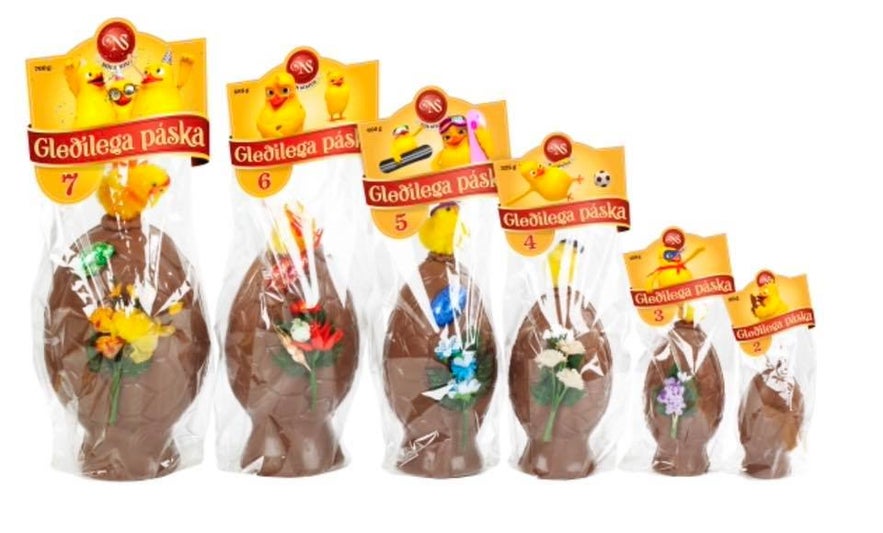
On the morning of easter day each year, Icelandic households fill with the pitter-patter of little feet as children scramble to find chocolate eggs hidden around the home. These chocolate eggs are traditionally filled with tasty candy, as well as a wise saying that is usually contemplated for a good ten seconds before the devouring of the candy begins.
While they were originally exclusively made from milk chocolate, the eggs have recently taken on new and innovative ingredients. Is your easter incomplete without an egg made out of the saltiest licorice or milky white chocolate? Luckily, today's egg market has your needs covered.
And that's it for Icelandic candy. Did we miss any of your favorites? What is your experience with salmiak? Is there anything you wish to try for yourself? Let us know in the comments!












